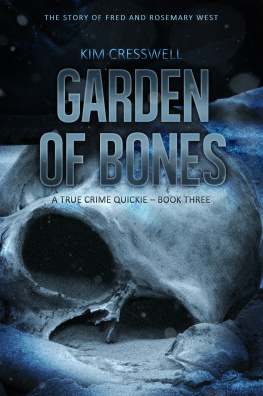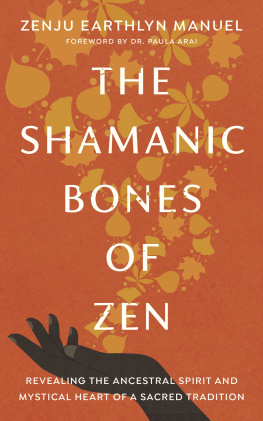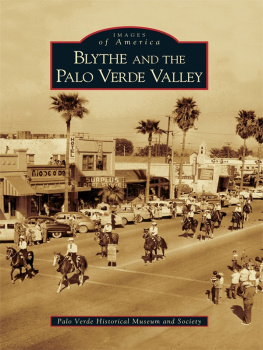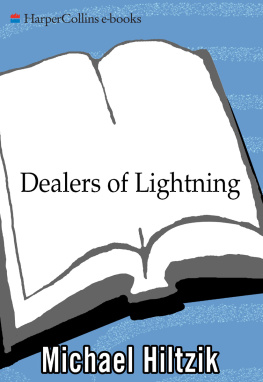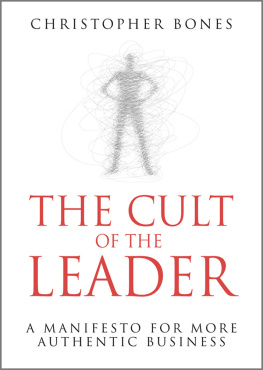PALO MAYOMBE
THE GARDEN OF
BLOOD & BONES

Published by Scarlet Imprint
under the Bibliothque Rouge banner/rouge
Copyright Nicholaj de Mattos Frisvold, 2010
Edited by Peter Grey
Design At-riq
ISBN 978-0-9567203-9-9
All rights reserved
No part or parts may be reproduced by any means whatsoever without prior permission being sought and obtained in writing from the publishers
ACKNOWLEDGMENTS
Some people have proved instrumental in their constant encouragement and I feel it is proper to give a special thanks to Mambo Mama Tida Choukt, Anaia Xabier, Jake Stratton-Kent and, of course, Peter and Alkistis.
May you all live well and prosper now and forever more!
INTRODUCTION
Palo Mayombe is perhaps best known for its display of human skulls in iron cauldrons and accompanied by necromantic practices that contribute to its eerie reputation of being a cult of antinomian and hateful sorcerers. This murky reputation is from time to time reinforced by uninformed journalists and moviemakers who present Palo Mayombe in similar ways as Vodou has been presented through the glamour and horror of Hollywood. It is the age old fear of the unknown and of powers that threaten the established order that are spawned from the umbra of Palo Mayombe. The cult is marked by ambivalence replicating an intense spectre of tension between all possible contrasts, both spiritual and social. This is evident both in the history of Kongo inspired sorcery and practices as well as the tension between present day practitioners and the spiritual conclaves of the cult. Palo Mayombe can be seen either as a religion in its own right or a Kongo inspired cult. This distinction perhaps depends on the nature of ones munanso (temple) and rama (lineage). Personally, I see Palo Mayombe as a religious cult of Creole Sorcery developed in Cuba. The Kongolese heritage derives from several different and distinct regions in West Africa that over time saw a metamorphosis of land, cultures and religions giving Palo Mayombe a unique expression in its variety, but without losing its distinct nucleus. In the history of Palo Mayombe we find elite families of Kongolese aristocracy that contributed to shaping African history and myth, conflicts between the Kongolese and explorers, with the Trans-Atlantic slave trade being the blood red thread in its development.
The name Palo Mayombe is a reference to the forest and nature of the Mayombe district in the upper parts of the deltas of the Kongo River, what used to be the Kingdom of Loango. For the European merchants, whether sent by the Church to convert the people or by a king greedy for land and natural resources, everything south of present day Nigeria to the beginning of the Kalahari was simply Kongo. This un-nuanced perception was caused by the linguistic similarities and of course the prejudice towards these savages and their primitive cultures.
To write a book about Palo Mayombe is a delicate endeavor as such a presentation must be sensitive both to the social as well as the emotional memory inherited by the religion. I also consider it important to be true to the fundamental metaphysical principles of the faith if a truthful presentation of the nature of Palo Mayombe is to be given. The few attempts at presenting Palo Mayombe outside ethnographic and anthropological dissertations have not been very successful. They have been rather fragmented attempts demonstrating a lack of sensitivity not only towards the cult itself, but also its roots. Consequently a poor understanding of Palo Mayombe has been offered, often borrowing ideas and concepts from Santeria and Lucumi to explain what is a quite different spirituality. I am of the opinion that Palo Mayombe should not be explained on the basis of the theological principles of Santeria. Santeria is Yoruba inspired and not Kongo inspired and thus one will often risk imposing concepts on Palo Mayombe that distort a truthful understanding of the cult. To get down to the marrow; Santeria is a Christianized form of a Yoruba inspired faith something that should make the great differences between Santeria and Palo Mayombe plain. Instead, Santeria is read into Palo Mayombe and the cult ends up being presented at best in a distorted form. I will accordingly refrain from this form of syncretism and rather present Palo Mayombe as a Kongo inspired cult of Creole Sorcery that is quite capable of standing on its own three legs without borrowing ideas and concepts from its Yoruba inspired cousin, Santeria. The reference to Palo Mayombe as Creole Sorcery is a term that reflects both the contemporary consensus as well as the tension between the Yoruba and the Kongo worldview. The Yoruba people always took pride in their sophisticated religious ways while looking down on their neighbors to the south, north and east, often seeing them as vulgar in their spiritual ways. Continuing in this vein, we find even today Yoruba people defining the practices found in Kongo and Benin as charming ways with clearly negative implications.
My own encounter with Palo Mayombe started in the early 90s when I obtained contact with some practitioners of Palo Mayombe from Puerto Rico and Miami. These encounters turned out to be quite disappointing at first, but in time rewarding in their own right. I was intrigued with the whole idea of the nganga, the spirit pot, seeing this as the genuine witchs cauldron. My vision of the nganga was accompanied by the similar search of a Stregoni, and together we pursued this haunting idea and searched for a reliable House in Cuba. After some initial disappointment and discouragement initiation was obtained from two Paleros in the neighborhood of Pogolotti in La Habana. Rafael Felo Reyes Cartas, a visionary artist and a painter of the nkisi living in modest surroundings was to be my godfather together with Pablo Perez. These men were a curious pairing. Felo was a man as equally occupied with Lucumi/Santeria as he was with Palo Maoymbe and regularly stressed the importance of godliness. Pablo on the other hand was a fierce anti-Christian, a quite hateful man who found enemies around every corner whom he sought to annihilate in whatever way possible. It was like being placed between God and the Devil a union that at first seemed bizarre, but in time I realized that nothing could have been more perfect. Here I was, already at the beginning of my journey in Palo Mayombe scratched and forged in the very fiery centre that manifested the inherent tension and ambivalence of the cult. On my second visit to Cuba I was made Tata Nganga, which is what a priest of Palo Mayombe is called, and was given my Nganga in a double rama or lineage. Felo was from Vence Batalla Vrillumba Viramundo and Pablo from Changani Brillumba Mayombe, a so-called ndoki rama. Later I was also received into the Kimbiza order which technically gives the foundation for a unique rama which I have given the name of Viramundo Brillumba Changani Kimbiza Vence Batalla. It is from this triple induction I am born and from this triple fire I write this book.
I believe my personal involvement together with my academic research in the field of Anthropology and the Science of Religion will enable me to provide a faithful living spiritual landscape of this Creole Sorcery. I will strive towards being truthful to the nature of the spirit retinue of the cult but also be sensitive to the reforms that took place on African soil in the 15th century as well as the Cuban contemporary conditions. As such I present this book as a gift to my nkisi, in honor of Nzambi and Lukankazi and also as a memorandum for those Tatas and Yayas that crossed my path, in whatever guise they chose.
Next page


